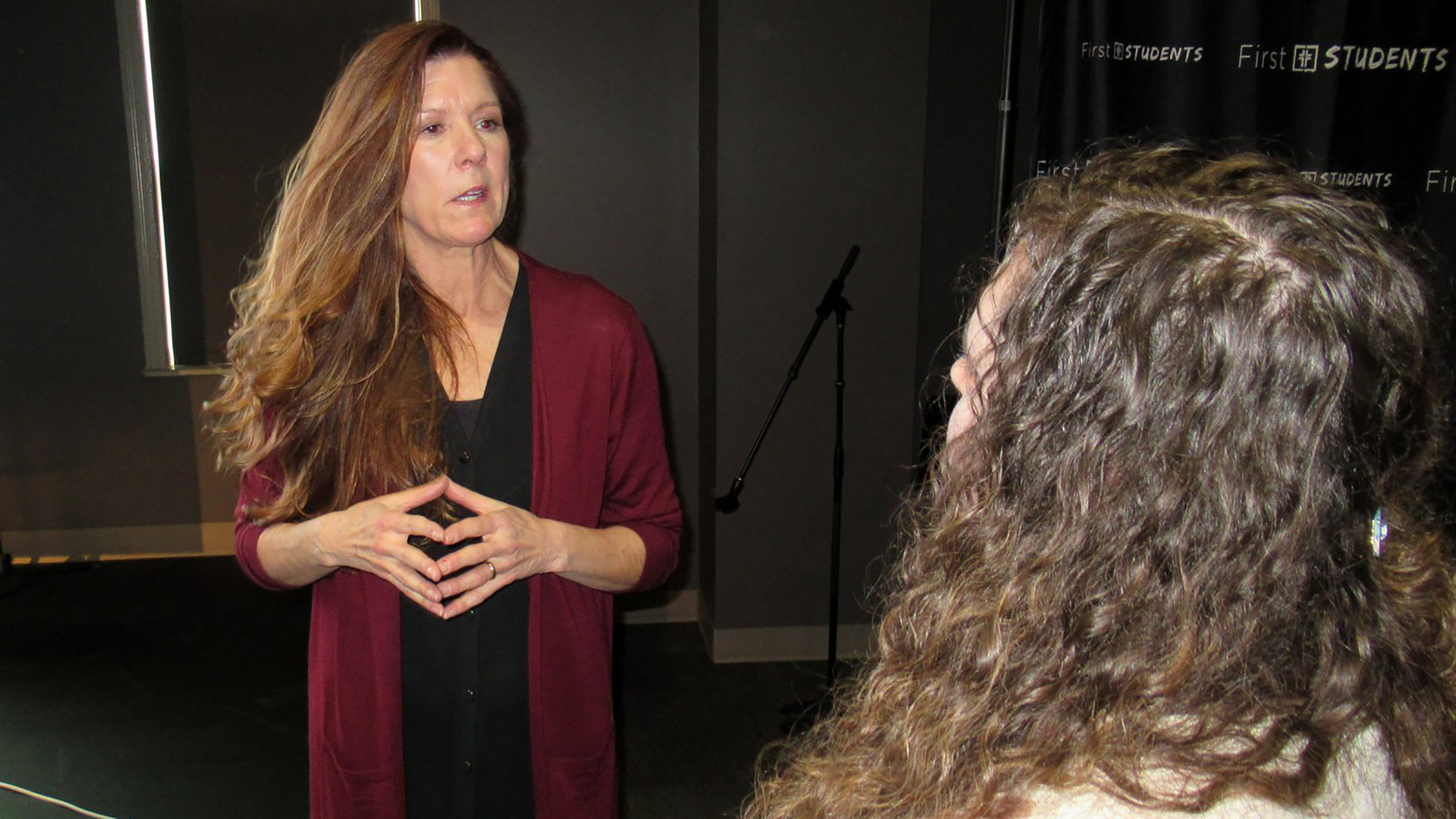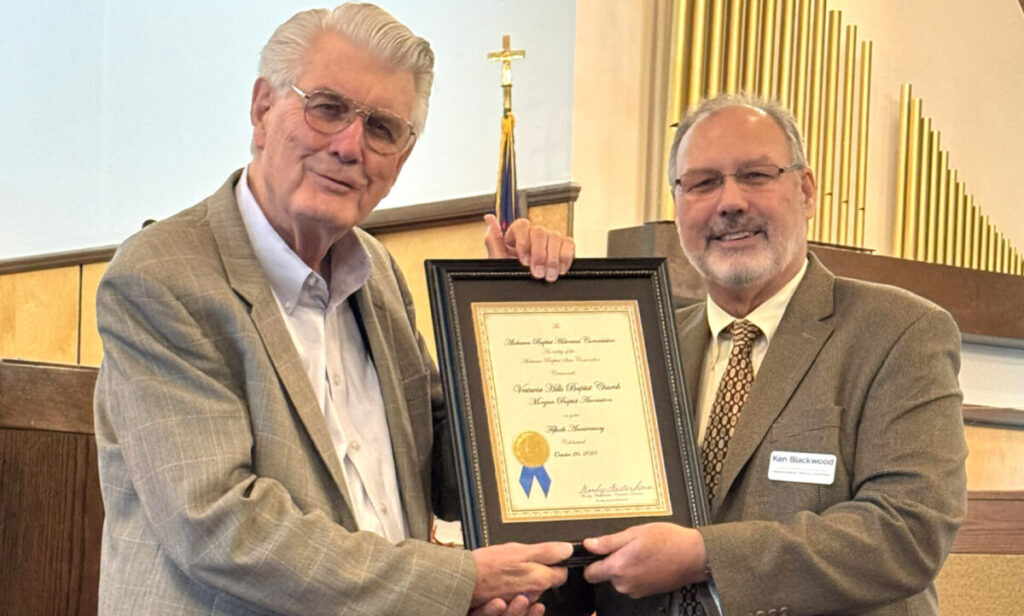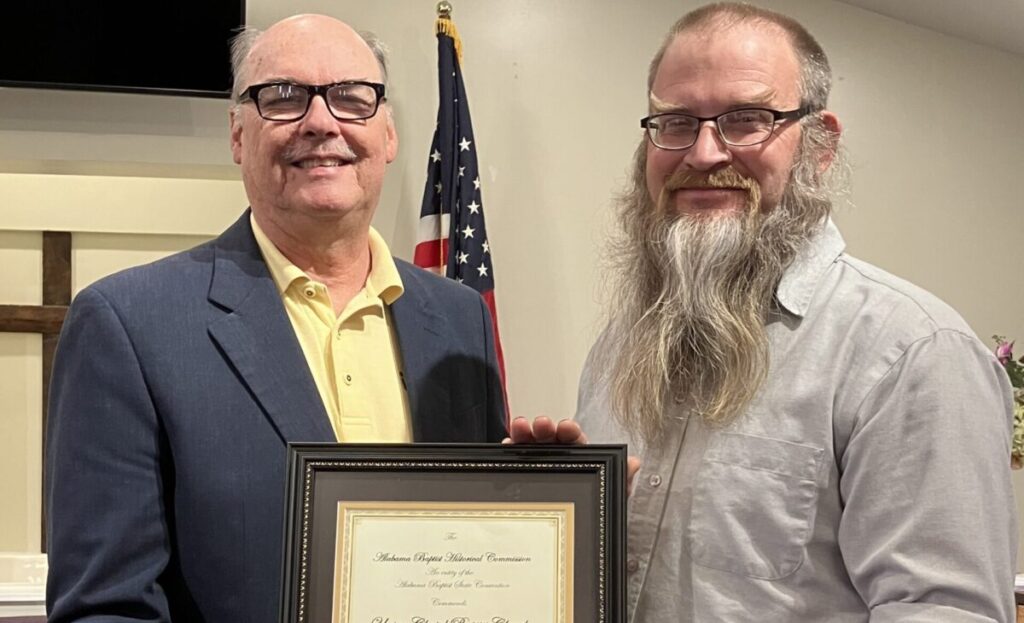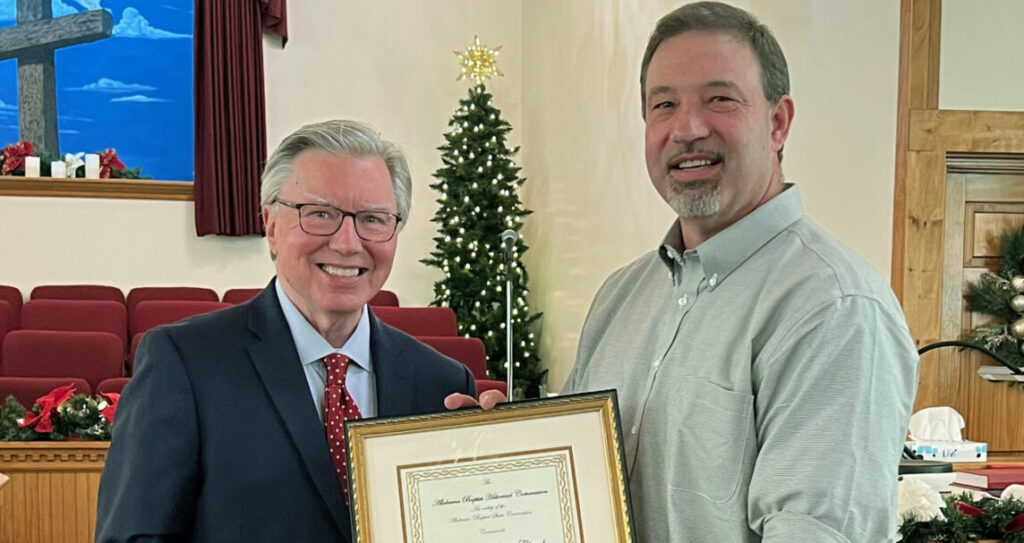Attorney Kimberlee Norris has a unique way of warning church leaders about child predators.
“From a legal standpoint, every dog gets one bite and then you’re on notice that your dog bites,” she says.
“The best predictor of future behavior is past behavior, and this is particularly true with sexually deviant behavior,” she added during a MinistrySafe training event at First Baptist Church in Decatur. “Of course, even one child victim of sexual abuse is one child too many.
“In general, the church provides an ‘easy in’ for child sexual abusers. The church is the last place left in America where if someone has a pulse and raises their hand at the right time, they may find themselves in a room full of kids as a volunteer.”
Norris and Gregory Love created MinistrySafe to help equip the church and Christian ministries to proactively protect children from child sexual abuse. The Alabama Baptist State Board of Missions and GuideStone Financial Resources sponsored the Feb. 24 training.
‘Proactive measures’
Love noted insurance carriers have seen child sexual abuse claims skyrocket and are calling for churches to implement proactive measures to reduce the risk. Steven Riggins, relationship manager at GuideStone, said their property insurance carrier, Brotherhood Mutual, reports an average of four sexual abuse claims each week.
“Of course rising premiums and lawsuits aren’t the primary reason to increase security,” Love said. “We have a higher calling to protect our children. We’ve stood over these trainwrecks for more than 30 years, and we see an ongoing gap between what churches should be doing and what is actually occurring.
“We’ve seen patterns in how abusers access children in child-serving contexts, and the patterns of behavior are predictable. If the behavior is predictable, it’s preventable.”
Alarming statistics
Love noted the statistics are alarming, with research showing 60 million child abuse survivors in the United States.
“Conservative studies indicate that 1 out of 4 girls and 1 out of 6 boys will be sexually abused before he or she reaches 18 years of age,” Love related. “Two out of three victims do not disclose until adulthood, if ever.
“On average, a child must communicate abuse seven separate times before a report to CPS or law enforcement occurs. According to the Department of Justice, 97% of reports from abused children are factual. False allegations are rare.
“When in doubt, believe the child and assume the allegation is factual.”
What’s being done?
Love said he typically asks church leaders, “What do you currently do to protect children in your church?”
“I usually hear about criminal background checks, the ‘matching tag system’ and basic church security elements like video cameras,” he said, noting background checks — heavily relied upon by churches as a stand-alone safety element — are necessary but limited since less than 10% of molesters have encountered the criminal justice system. Matching tag systems and building security protocols are based on the concept of “stranger danger” — the idea that the risk manifests from outside the church or ministry program.
“In fact, 90% of children who are sexually abused are abused by someone they know and trust, not a stranger,” Love said. “The ‘abduction offender’ is less than 10% of the problem.”
‘Grooming’
He noted the primary risk to children is the “preferential offender” who can be educated, attractive, articulate and seemingly spiritual. The abuser typically targets a specific age and gender and uses a “grooming process” to isolate and pursue a specific child.
“In the convicted population, 90% of abusers are male, 10% are female,” Love related.
“Research shows 50% of sexual abuse in the church is perpetrated by volunteers, 30% by ministers and 20% by other children — peer-to-peer.
“The abuser targets a child within his age and gender preference,” Love continued. “He makes the child feel special or chosen, isolates the child, introduces playful touch meant to lower a child’s resistance and then adds sexual touch. After sexual touch occurs, the abuser works to keep the child silent through intimidation, threats or emotional manipulation.”
Love noted abusers often select at-risk children — those from broken homes, with special needs or those who are intrigued by or already using alcohol or drugs.
“In many cases, the abuser’s ‘hook’ for young boys is graphic video games or pornographic content accessed online, followed by a warning not to tell parents that they broke the rules,” Love related.
“So rule-breaking and secrecy provides the first hook, and the second hook is impairment through alcohol or drug use.”
The predator uses different tactics when grooming girls.
“When a girl is targeted, the molester compliments the girl, telling her she’s pretty and mature, using texting and social media as the hook,” Love said.
“The abuser also grooms the ‘gatekeepers,’” he noted. “These are leaders who might otherwise protect the child victim. He makes them believe he is helpful, trustworthy and responsible.
“In the church, the abuser grooms parents, church leaders and fellow workers. This is why when these situations are reported children are commonly not believed.”
Love said the grooming process of the abuser is knowable and therefore preventable, and includes common behaviors that must be addressed in church policies.
“We must have barriers in place to keep the wolf out of the sheep pen,” Love declared, “but we must train our staff members and volunteers to have eyes to see and ears to hear, recognizing the grooming process and behaviors. With good training, we give our workers mouths to speak as they protect children in our ministries.”
Screening process
Norris said screening is of utmost importance.
“We have 50 years of offender studies to reference,” she noted. “The risk indicators are known, and therefore teachable. We’ve got to raise our learning curve and sophistication to properly screen for sexual abuse risk.”
Norris said that means using interview questions meant to elicit a high-risk response, then recognizing the high-risk answer when it’s encountered. Solid references must be consulted, especially when the church hires what she called “pinnacle leaders” — the pastor, student pastor, children’s minister and others.
“We need to know what they’ve been doing for at least the last 10–15 years,” Norris asserted, “and we want references from supervisors rather than co-workers.”
She said the church must develop an effective safety system, and the senior pastor must submit to and support it.
Additionally, Norris said the church should create policies concerning appropriate physical contact, and a list should be shared with children and students so they’ll recognize inappropriate behavior.
“If someone opts out during the application and screening process, that’s OK,” she said. “Working with children is a privilege, not a right.”
MinistrySafe offers online training and recommended forms for policies, hiring and screening. Through a relationship with the State Board of Missions, membership is available for $50 for the first year. The application website is MinistrySafe.com/ALSBOM, and the coupon code is ALSBOM.
A second training event is planned for March 24 at First Baptist Church in Fairhope. For more information contact Lee Wright, SBOM coordinator of compensation services, at 800-264-1225, ext. 2241 or lwright@alsbom.org.






Share with others: